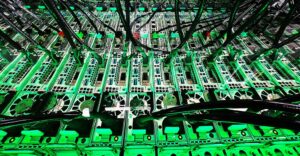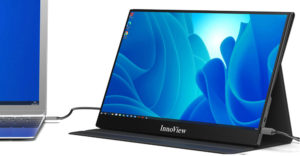Apple refreshed its iPhone SE and iPad Air models and introduced a new desktop at an online event Tuesday.
The new iPhone SE, which will sell for US$429, sports a new processor, the A15 chip, and supports 5G.
The iPad Air, priced at $599, also received a processor upgrade to Apple’s M1 processor and will also support 5G.
Apple also introduced the Mac Studio, a high-powered desktop in a 7.7-inch square box. The M1 Max version sells for $1,999, while the version with the new M1 Ultra chip is priced at $3,999.
In addition, Apple introduced the Studio Display, a 27-inch, 5K Retina screen with a 12 megapixel Ultra Wide camera and six speakers with spatial audio. It’s priced at $1,599.
Pre-orders are available immediately with shipping starting March 18.
The Power of Two
“The M1 Ultra was the most important technology development announced at today’s event,” observed Tim Bajarin, president of Creative Strategies, a technology advisory firm in San Jose, Calif.
“With its new semiconductor design, the M1 Ultra will provide high performance and low energy consumption. That is a big deal in the creator’s market,” he told TechNewsWorld.
The Ultra boasts a 20 core CPU, up to a 64 core GPU, support for up to 128 GB of unified memory and a blazing memory bandwidth of 800 GB/s. It does that by combining the power of two M1 chips bound by a process developed by Apple called UltraFusion.
“The two chips not only act as one, but they appear as one to developers so they don’t have to do any special coding to take advantage of what is essentially double the capabilities,” Ross Rubin, the principal analyst with Reticle Research, a consumer technology advisory firm in New York City, explained to TechNewsWorld.
“Software will work with the M1 Ultra out of the box,” added Bajarin.
Future of Chip Making
Kevin Krewell, a principal analyst with Tirias Research, a high-tech research and advisory firm with offices in San Jose, Calif. said that packaging the chips together makes sense. “By doing it, they don’t have to create a bigger chip, and they can have a more powerful chip with a minimum of custom design,” he told TechNewsWorld.
Apple’s M1 Ultra approach is a precursor to future chip making, noted Bob O’Donnell, founder and chief analyst with Technalysis Research, a technology market research and consulting firm in Foster City, Calif.
“The need to package components is necessary because we can’t continue jamming transistors on a single chip,” he told TechNewsWorld. “The design of the M1 Ultra is the future of chip design for everybody.”
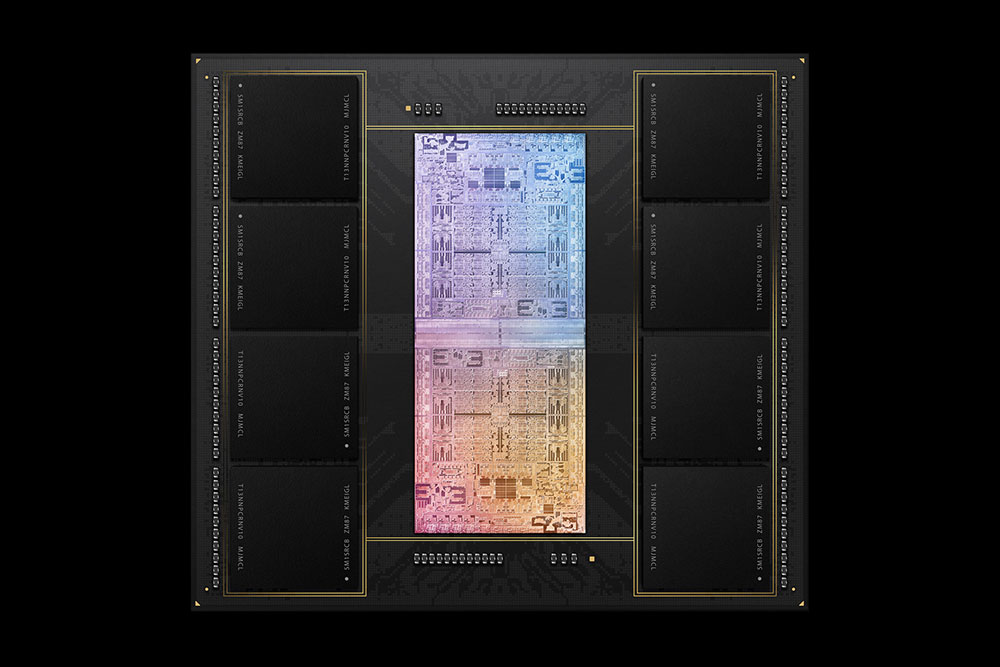
M1 Ultra consists of 114 billion transistors, and supports up to 128GB of fast unified memory. Apple’s innovative packaging architecture interconnects the die of two M1 Max chips to create a system on a chip. (Credit: Apple)
Although there was speculation before the event that Apple would introduce the second generation of its M series of silicon at the pre-recorded session, there was a subtle reference to things to come. “I thought it was interesting that they described the Ultra as the final chip in the M1 series,” Rubin said. “That leads one to believe the M2 is coming soon.”
The Ultra will be in the high-end model of Apple’s Mac Studio desktop. The lower-priced Studio model has an M1 Max processor with a 10 core CPU, up to 32 core GPU, support for up 64 GB of unified memory and memory bandwidth of 400 GB/s.
Gut Punch to Mac Pro
“A lot of people were taken by surprise by the Studio,” O’Donnell observed. “It’s the first new computer model that Apple’s introduced in a long time.”
Although Apple hinted at the event a new Mac Pro model was in the wings, the introduction of Mac Studio could have an adverse impact on the older computer’s fortunes.

Mac Studio has a wide selection of ports on the back (pictured here), along with two USB-C ports and an SD card slot on the front. (Credit: Apple)
“Apple killed Mac Pro sales with the Studio,” O’Donnell said. “No one in their right mind would buy a Mac Pro now when they can get a more powerful machine with the Studio.”
Along with the Mac Studio, Apple introduced the Mac Studio display with support for 14.7 million pixels (218 pixels/inch), one billion colors and brightness of 600 nits. “The Studio display is an elegant, impressive monitor,” O’Donnell said.
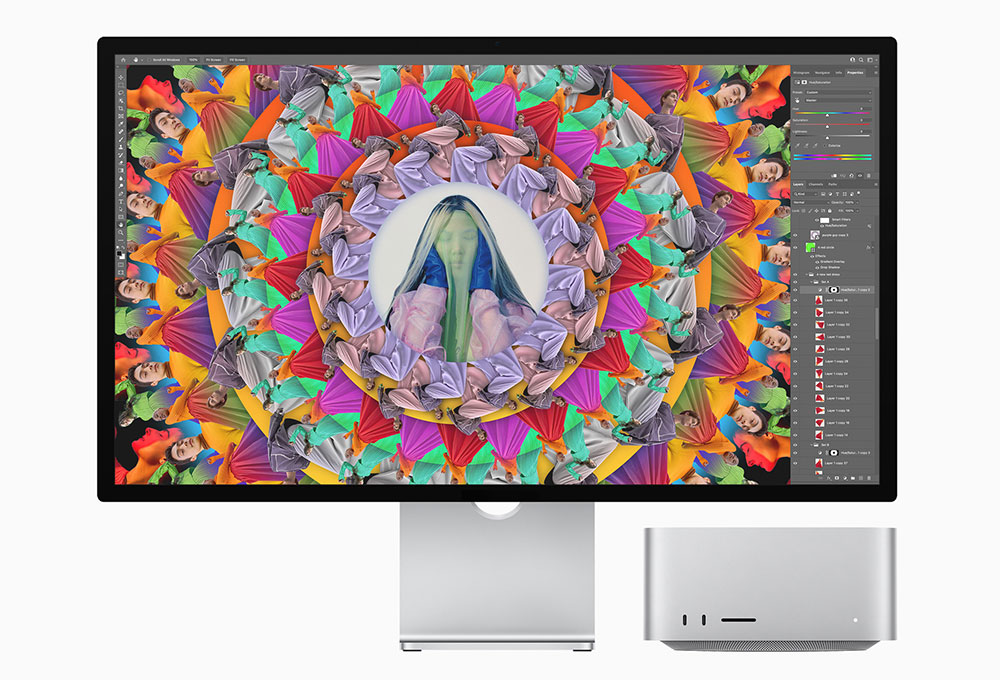
Mac Studio and Studio Display (Credit: Apple)
Also at the event, Apple beefed up its smallest iPhone, the 4.7-inch SE, with a snappier processor, better cameras and 5G. “The new SE probably won’t sell as well as the original, which was very popular, but the new phone will be very popular with Apple users looking for a mid-range phone with 5G,” Nabila Popal research director at IDC Worldwide Device Trackers, told TechNewsWorld.
Trickle Down Features
Selling at $429, the new SE is $30 more than its predecessor. “It’s amazing they could add 5G and a new faster processor for only $30 over the original price of the SE,” David McQueen, a research director at ABI Research, told TechNewsWorld.
O’Donnell, though, was less impressed with the pricing. “I was surprised they couldn’t get it below $400,” he said.
He added the SE benefited from Apple’s “trickle down” strategy. ” It got a new, more powerful processor and 5G, both previously introduced in higher-priced models,” explained.
Not bringing the SE to market under $400 isn’t as important as it once was, Rubin maintained. “It makes less of a difference these days because most consumers are paying on installment plans, and the extra $30 doesn’t make a difference over the course of a year,” he said.
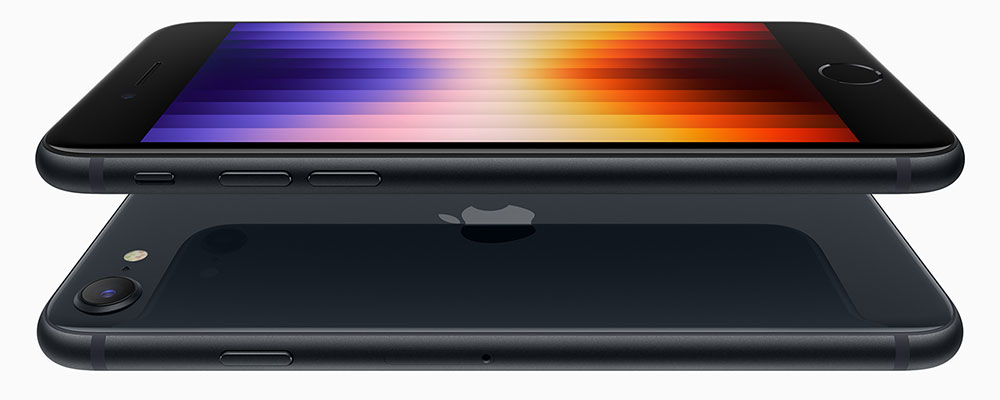
The iPhone SE sports an aerospace-grade aluminum design, with the toughest glass in a smartphone on the front and back. (Credit: Apple)
Rubin added that the SE is not only suitable for new users, but for users who want a smaller device.
While sporting many new features found in more expensive iPhones, the SE has only Touch ID and no Face ID. “You’re going to give up some capabilities for a much lower price,” Rubin commented.
Solidifying Number One Position
Bajarin explained that the SE allows Apple to participate in the mid-range market. “It will bring more people into the Apple ecosystem,” he noted.
Pointing to Apple’s all-important services category, Bajarin maintained that “to grow that business, Apple needs to expand its customer base.”
Apple also boosted the iPad Air’s features without increasing its price. “Apple made the iPad Air a more capable machine and brought it into the M1 family,” Krewell said.
“With the new improvements, Apple is solidifying the iPad’s position as number one in the tablet market,” added Bajarin.
Rubin pointed out that the move to the new M1 processor is a significant one. “A lot of the positioning around iPad lately has not been in comparison to other tablets, but in comparison to Windows laptops,” he said. ” If they’re thinking about it as more of a laptop class device, then it makes sense that they’d want to give it a laptop class processor. “
Right now, Apple is riding a wave of success, but there could be storm clouds on the horizon, asserted Mark N. Vena, president and principal analyst at SmartTechResearch in San Jose, Calif. “Most of Apple’s sales have always been at the high end of the market,” he explained, “but with inflation and the high price of gas, the Apple brand could be really tested in the coming months.












